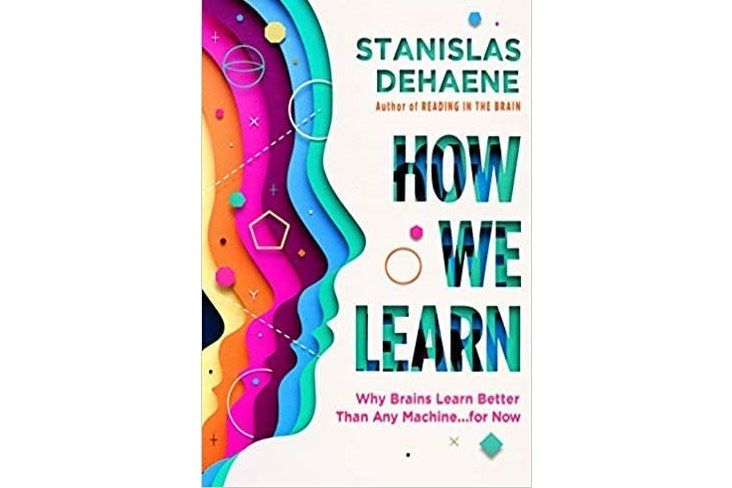《How We Learn》是2020年Viking出版的圖書,作者是Stanislas Dehaene。
基本介紹
- 中文名:How We Learn
- 作者:Stanislas Dehaene
- 出版社:Viking
- ISBN:9780525559887

《How We Learn》是2020年Viking出版的圖書,作者是Stanislas Dehaene。
I Was, I Am, I Will Be, peels back the layers of the Origin and Development of Character Traits. What make us unique individuals, how we learn, how the pathways in our mind connect. It shows us...
Visible Learning and the Science of How We Learn 《Visible Learning and the Science of How We Learn》是2013年Routledge出版的圖書,作者是John Hattie 、Gregory C. R. Yates 。
Learn Spanish 西班牙語學習 ; 麻省理工開放課程西班牙語學習 ; 學習西班牙語 ; 西班牙語 Learn more 解更多 ; 了解更多 ; 學習更多 ; 如何高效學習 Learn how 怎么學 ; 學不會 ; 學習怎么樣 ; 學會做人 Learn French 法語學習 ;...
of prominent corporations. Each chapter revolves around creating an environment where learning takes place each day, all day - fundamentally changing the way we think about how, what, and when we learn, and how we can ...
Learn? Teach? / 166 Most times we start to focus on how we teach. I think we have to start with understanding how our learner learns.Write / 172 A good teacher must also be a good a writer. Combining teaching ...
You learn You gotta cry You gotta respect and Feel somebody you gotta fall You gotta rise To really understand the things that make this little world go round That's what really makes us That's how we learn Sometime...
Text A How We Learn to Speak Grammar: Noun Clause(名詞性從句) Text B How to Improve Your Study Habits Practical Writing: Announcements and Notifications(通知的寫作)Unit 3 True Love Text A An Amazing...
And that’s why it’s so important for information and ideas to flow freely over the Internet and through the media, because that’s how we discover the truth. That’s how we learn what’s really happening in our...
s workings can help teachers hone their teaching skills "Mr. Willingham's answers apply just as well outside the classroom. Corporate trainers, marketers and, not least, parents -anyone who cares about how we learn-...
1. The foreigners want to know how they can learn to do Chinese Kongfu well. → The foreigners want to know how to learn to do Chinese Kongfu well.【解析】含賓語從句的複合句變為簡單句,可以把賓語從句改為"疑問詞+...
The problem is how we can get the things we need.問題是我們怎樣能弄到我們需要的東西。(how 在表語從句中充當方式狀語)The scissors are not what I need.這把剪刀不是我所需要的。(what 在表語從句中充當賓語)What I ...
we try to understand why it happened, we seek to learn and take precautions for the future and we may breathe a sigh of relief and try to forget the accident as quickly as possible. This book is about how to man...
Issue 1 Do we learn the most from people whose views we share?Issue 17 Our duty to disobey unjust laws Issue 46 Preparing young people for leadership Issue 144 The value of art vs. that of art critic Issue 201 ...
6.9 CONTRASTING TWO APPROACHES TO TEACHING AND LEARNNG 7 INTEGRATING PARTICIPATORY TEACHING METHODS INTO YOUR TEACHING 7.1 HOW TO STUDY THIS CHAPTER 7.2 OUR COLLECTION OF PARTICIPATORY TEACHING METHODS AT ...
After this lesson, you will learn how to use the sentences with a serial verb construction and how to use new words such as “順便”. 學完本課,你將學會如何使用連動句,並學會如何使用“順便”等生詞。課時 8.1 adv...
4.5 Focus learning: Lera Boroditsky: How language shapes the way we think 05 Beginning and Ending your speech Students are able to learn how to begin and end the speech.課時 5.1 Beginning your speech 5.2 Ending ...
